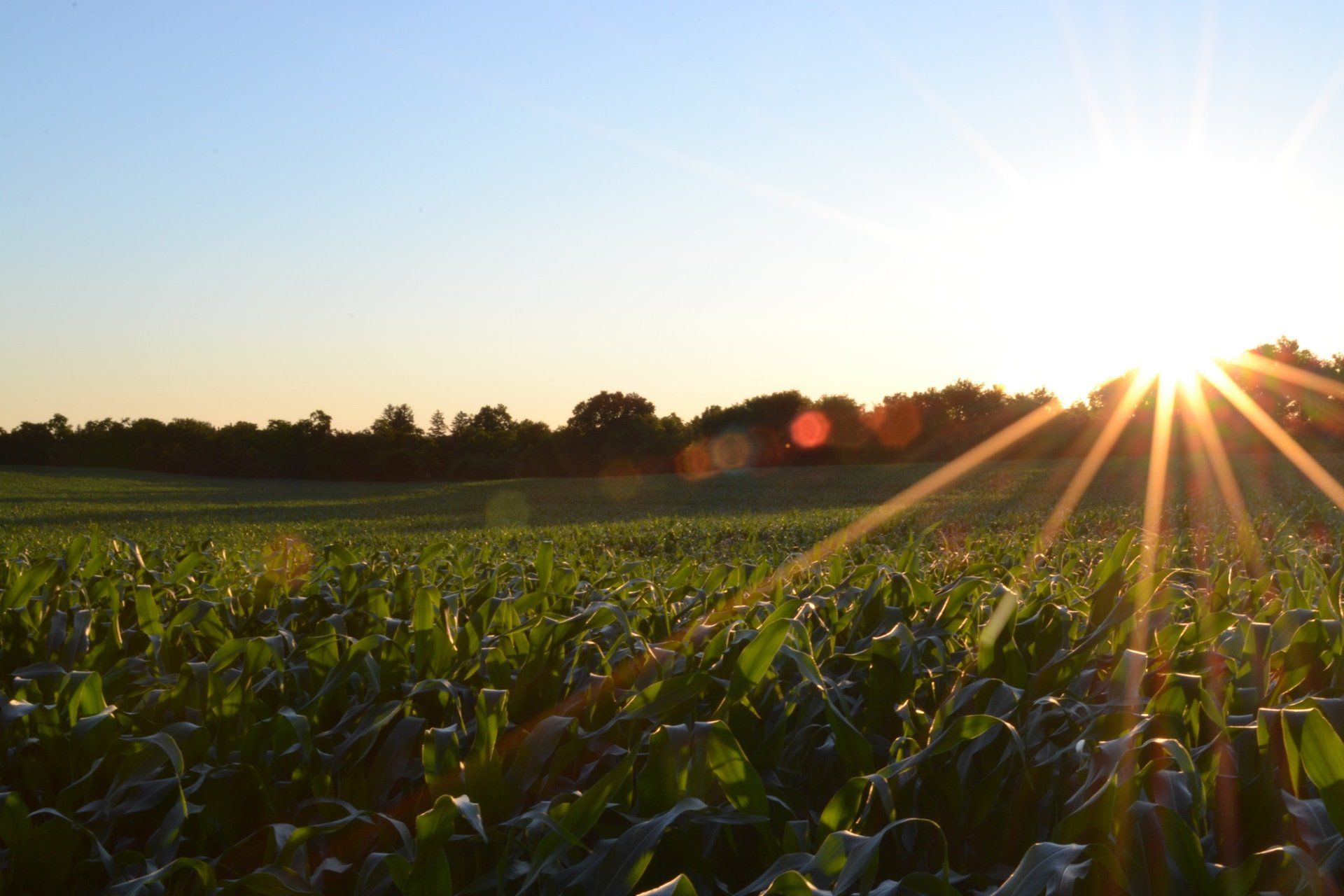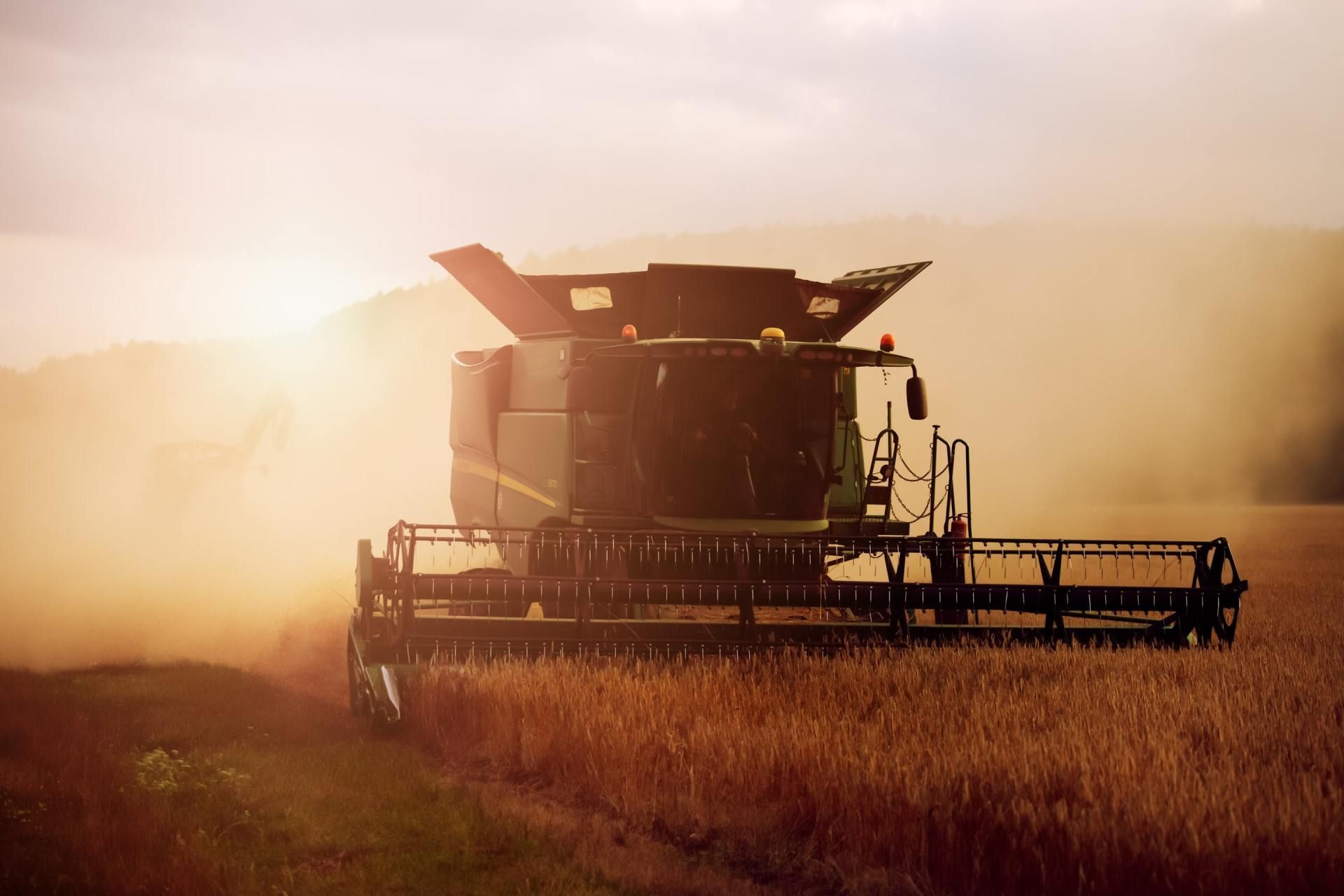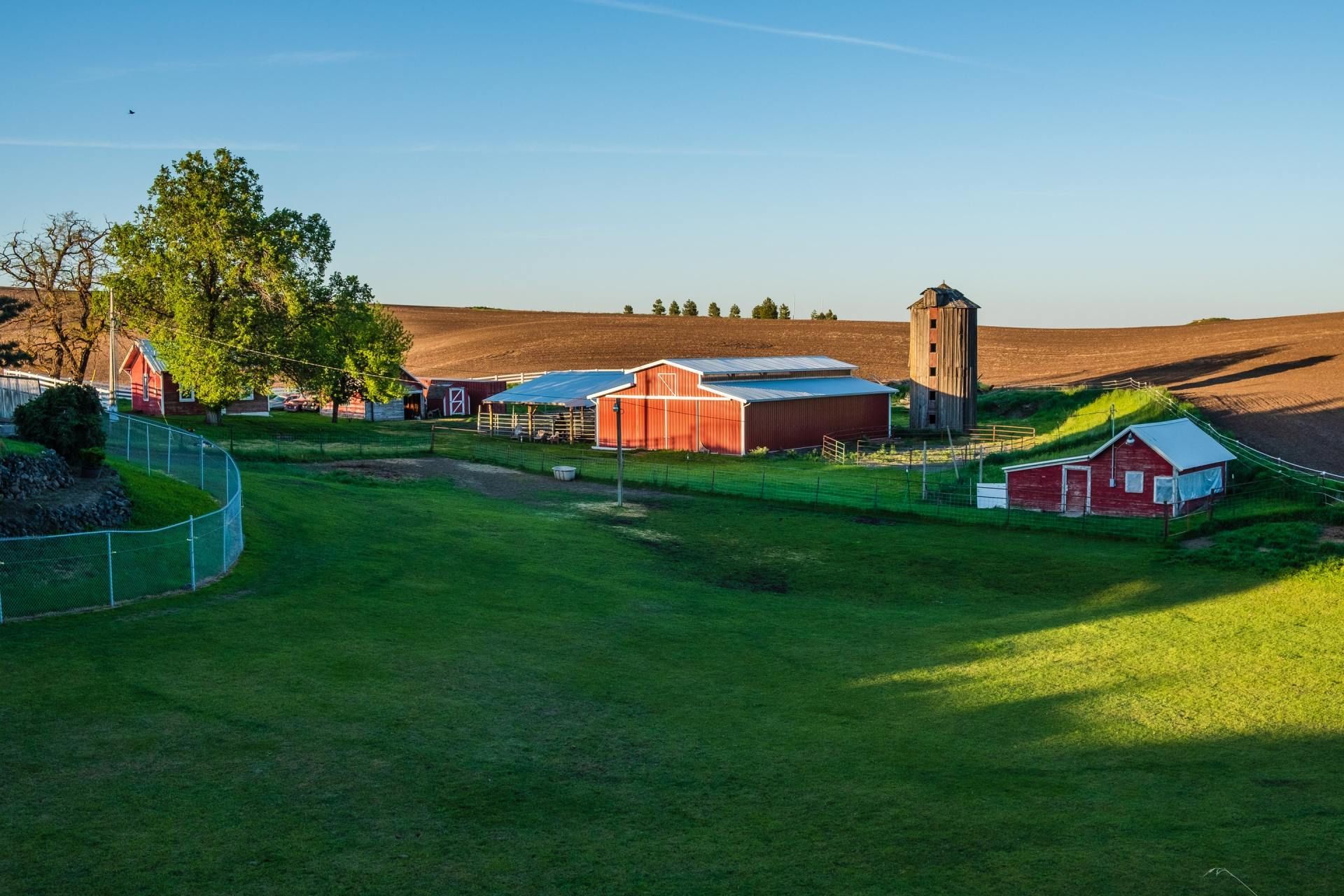Military
Soybeans are an oilseed that accounts for 49% of the area planted with grains in Brazil, and is one of the most widely used sources of protein in animal feed, intended for poultry, pigs and cattle, and with increasing consumption in human food. Brazil is considered one of the last agricultural frontiers available for expanding the cultivated area and capable of meeting global demand, in line with population growth. Soybean cultivation is essential for the production system. It enables crop rotation and direct planting in straw, aids in the biological fixation of nitrogen and recycling of nutrients in the soil.
How we produce our soybeans
Discover our production model
Agricultural Planning
Fertilizer and pesticide planning considers the best cost/benefit for soybean production. The choice of cultivars is made according to the production potential, cycle, agronomic characteristics and biotechnologies necessary to obtain the best results in each crop. Research data provides this information for each of our Farms.
Preparation, sowing and management
The transplant system has the following advantages: lower seed consumption; shorter time the plant remains in the field; reduced irrigation and spraying costs; and reduced levels of early infection by Geminivirus and Tospovirus.
Harvest
On each farm, the harvest must be staggered according to the cycle of each cultivar, which allows harvesting at the ideal point of ripeness.
Processing and storage
The processing and storage process is carried out by other companies. It begins with receipt at the warehouse, with subsequent pre-cleaning of the grain, followed by drying and storage. The final destination is the shipment of the stored grain to the end customer.





